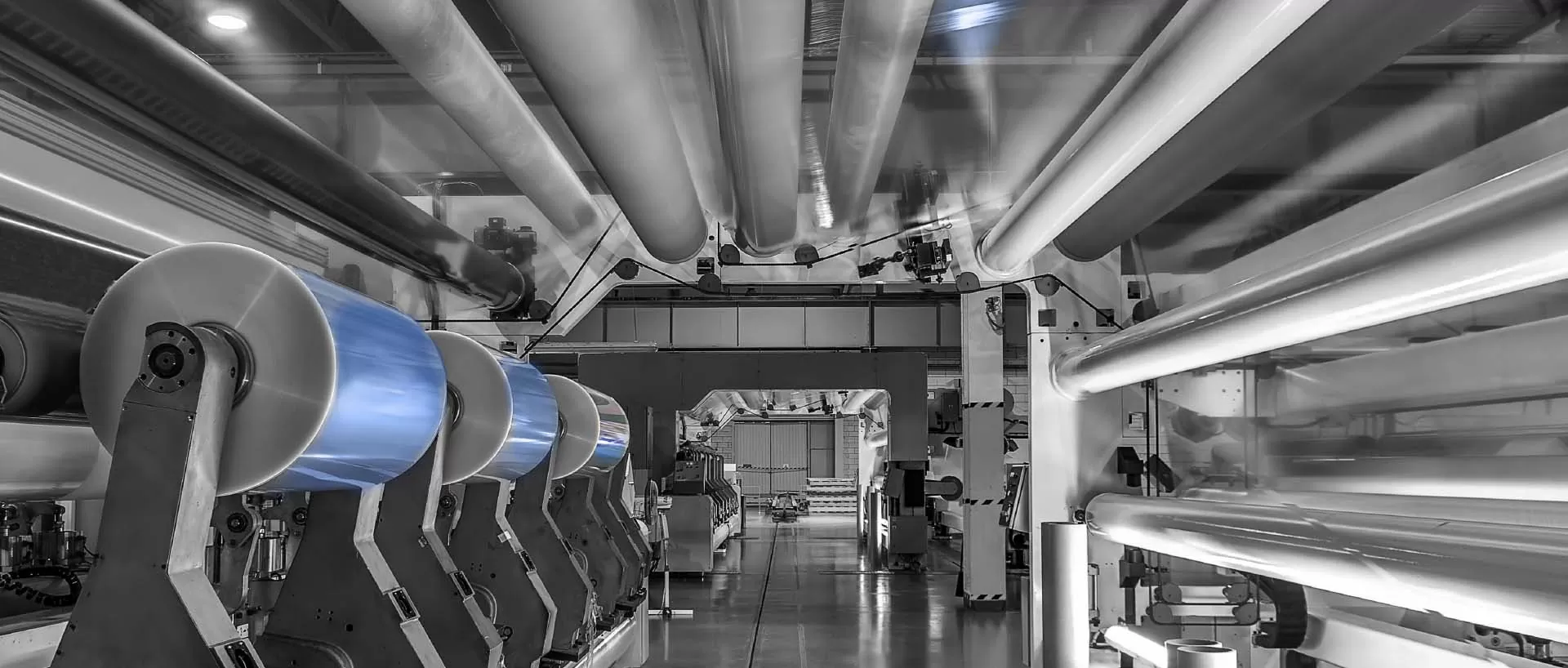Full static control on flexoprinting machines
Flexographic printing lines as well as other printing presses are developed to produce flexible packaging in a variety of colours and finishes at high speeds. You can recognise static electricity by experiencing static shocks or seeing sparks as a discharging effect also printing issues like the following can have static as a cause:
- Ink mist
- Ghosting
- Fuzzy printing due to static
- Particles on the print
- Dust attraction due to static
- Print defects due to static
- Overspray due to static
All effects can be static electricity(high-voltage static) related issues. Static charges can create problems in many sections of the flexoprinter or flexopress.


Discharging the web
Discharging the web directly after the unwinder will prevent that a static charge will attract dust particles. Also operators will not get any shocks while passing or touching the web during production runs.

Corona treater
When the film passes a corona treater a massive static charge is created by the corona unit on the material. After the Corona treater a discharging is recommended (in closed loop feedback).

Flexoprinting section
If the flexoprinting section is indicated as Ex-area because solvents are used, static charges on the material can ignite the gas and cause a fire. Neutralising and static measuring just before the material touches the central (printing) drum is done by an ATEX approved anti-static bar and sensor bar. This way static charges are actively monitored to ensure a safe level; resulting in long and high quality production runs. After the printing section the material could be re-charged again in the dryer. Placing anti-static bars and a sensor bar enables neutralising and monitoring of the static charge before the film goes to the next section of the machine.

Winding Station
On the winding station, anti-static bars and a measuring bar (in closed loop feedback) are installed to neutralise the material during winding, this will also prevent possible static shocks to the operator that performs the roll change. Another effect that can be prevented by discharging the material is the telescoping end roll effect.










